Knowing how to avoid wild animal attacks is knowledge people have forgotten over the past few decades. The number of predators is increasing, and so is the amount of time people are spending outdoors.
Over thousands of years, humans evolved alongside animals in the wilderness. Even as civilization progressed, humans continued to spend time outdoors.
With advanced weapons and hunting, animals learned to fear humans, making it less necessary for people to worry as much about other predators. In recent decades, this has changed.
Table of Contents
With less hunting, animal populations have increased. With the increase in animals, people have also increasingly looked to the outdoors for leisure activities. Backpacking and camping have become very popular, exposing people to larger populations of predators.
Unfortunately, people have forgotten what is needed to stay safe around animals and large predators. This article will discuss critical “Need to Know” tips and briefly highlight a few of the most common predators and how to lower your chances of a hostile confrontation.
Animals are highly unpredictable! Never assume you know how an animal will react to seeing a person. Wild animals will attack for many different reasons:
- Mother protecting her young
- Protecting territory
- Food (especially near hibernation or defending a kill)
- Illness
- Animal is startled
My most recent negative animal encounters involved territorial animals.
- I was charged by a young male grizzly south of Hart Lake near Yellowstone while hiking the Continental Divide Trail.
- I was charged by a wild Mustang in Wyoming when I was too close to a small herd of mares.
In both situations, I was not as aware of my surroundings as I should have been, and these situations might have been avoided.
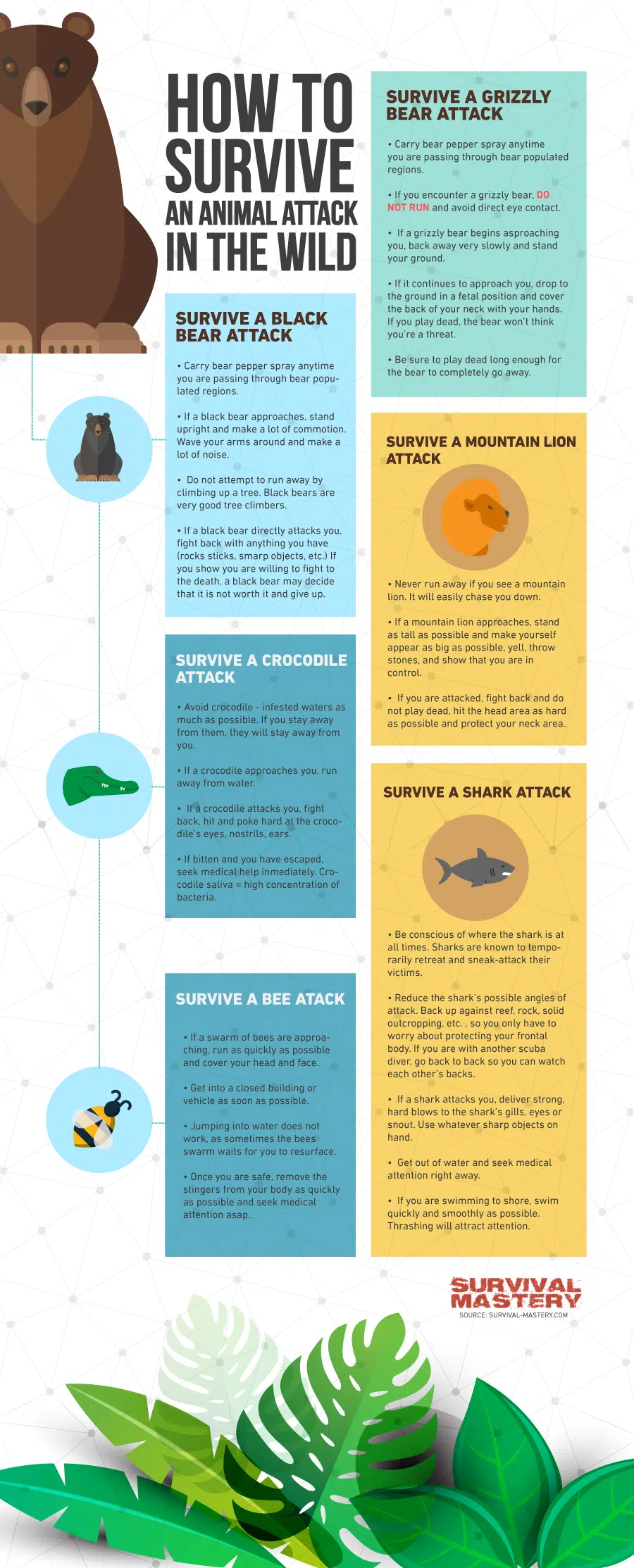
Animals are not always predictable, but having a plan before you take off into the wilderness minimizes your risks. Consider these tips when planning a trip.
- Know the types of animals.
- Understanding the behavior of animals, you will encounter
- Let others know your itinerary.
- Carry protection – bear mace, bear bangers, weapons
- First Aid
- Emergency communication
Need to Know
There are no predetermined steps to follow when animals attack. Common sense plays an important role but does not guarantee a good outcome.
In most locations in North America, there are many dangerous animals to consider.

Surroundings
Knowing your surroundings is essential.
- Regions – Different parts of the US have specific types of animals like Grizzly Bears, and wolves found mainly out west.
- Time of Year – Animals may be active or less active based on the season. Bears are active in the Fall just before they hibernate. They are, of course, less active while they hibernate in the winter.
- Food – Make plenty of noise around dense underbrush. Animals guard their kills, and bears frequently feed on berries. Make plenty of noise while hiking. Watch the sky for vultures and be aware of scents like animal decay.
These are general examples of more common animals.
Bears can cause life-threatening injuries, but if you play your cards right, the Bear might not even notice you. On the other hand, snakes will be easier to avoid but more challenging to see. Because the snakes can be venomous, it would behoove you to constantly scan the ground for a place where a snake might hide out. If you encounter a smaller animal like a coyote, it will be slightly easier to scare him away, especially if you are in a big group. If at all possible, stay in a group because one human alone is much more enticing than ten of them together. If you’re camping, see our article on how to set up snake traps for more information.
When animals attack, it is best to avoid conflict at all costs. There are specific preventative measures that you should take to maintain the best defense you can. Always keep your distance when near a potential threat. They won’t care much about your actions if you stay away. The best way to keep animals from coming near your camp to attack you is to take time to make sure everything is in its’ correct place.
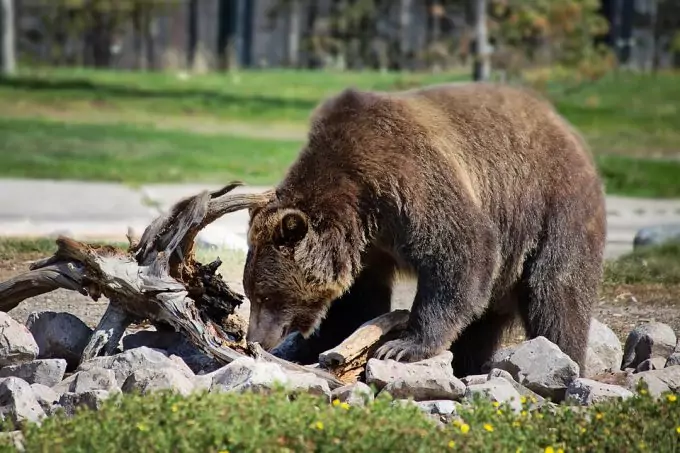
Be sure to keep your campsite as clean as humanly possible. Wash all the utensils and receptacles used in cooking, and then put them away. If there is any uneaten food leftover from dinner, seal it up in either a bear-proof canister or hang all your food up in a bear wire away from the campsite. This will distract the Bear from the suspended food, far away from the campsite, so you can attempt to sneak out while the Bear is munching down.
See Our topic on the best bear canisters to keep you safe from wild animals, a must-read for all.
Take all of your garbage and repeat the course of action that was followed for food. Either hang it up or store it in bear-safe containers away from the site. Of course, some simple common sense rules should make sense to everyone.
For example, do not take your food into the tent with you. There is no reason to do this; it only aids the Bear in coming too close to you. After you have eaten dinner, change clothes, but don’t put the old clothes in the tent. The dinner clothes will have a powerful scent, and you don’t want to be caught smelling like food when a bear rolls onto the scene.
If you have any pets on your journey, treat their food like human food. Bears are attracted to any food scent; even something like pet food could set them off. This advice should be imprinted on your and your kids’ brains. Do not ever feed any wild animals that could attract other animals.
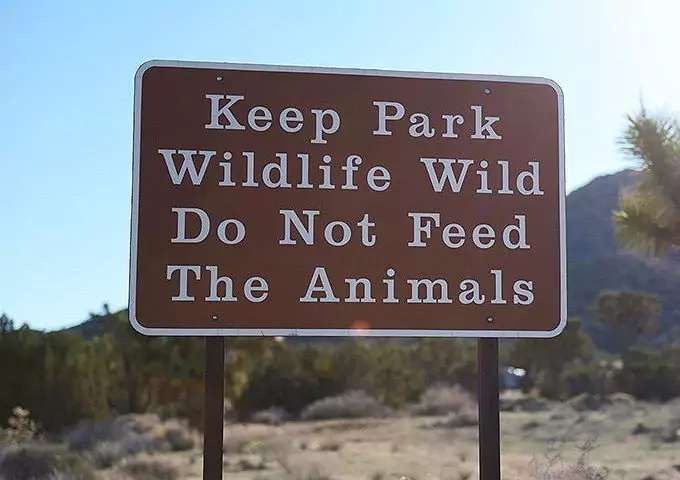
Even if it is a deer, avoid giving it anything to eat because you might not want the next visitor that heads your way. Just like with any potentially life-threatening situation, always be prepared. Stay on the defensive, and if you think it will help, bring along a knife, a firearm, pepper spray, or anything you can find that would hurt an animal that is attacking you. If you have all the tools you need to fight against an animal attack, then you are better off than only having your bare hands to help you.
In summary, plan, plan, plan, and plan some more. There is no shame in being knowledgeable about the place you are traveling to.
Since so many different types of animals could potentially attack an innocent human, they must be narrowed down to which animals are most commonly found that might attack. First on our list of animals is the ever-popular Bear.
Bears
When an animal attacks, it is vital to understand the behavior and patterns that potentially dangerous animals display. You have probably heard a million ways to avoid becoming a bear’ lunch, but the advice is coming in case you missed it. First, let’s clarify that every search out in the wilderness is dangerous, no matter what.
Bears enjoy eating, aren’t particular about meals, and will find whatever they have to survive. The worst thing you can do when around a bear is to surprise him. Even worse would be getting in between a mother and her cubs, or even playing with a cub could land you in hot water.
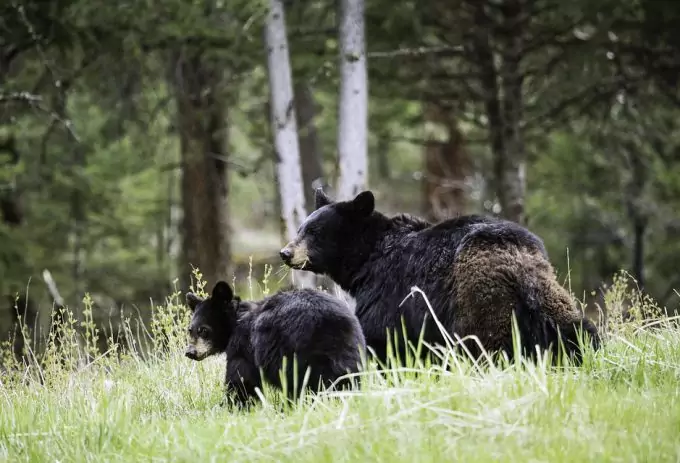
Bears, especially the mothers, are very protective of their cubs and won’t let anyone come near them. Stay clear of the cubs, and don’t sneak up on a bear or any animal. Remember that bears are so territorial that if you corner them or show any competitive actions around them, they will attack.
If a bear finds its way into your campsite, take a split second to decide on your next move. Whatever you do, do not run or make any sudden movements because this could cause the Bear to get nervous and attack. To piggyback on the previous statement, move slowly and not approach the Bear.
Stay as far away as you can. Since small children could be seen as prey to the Bear, you want to ensure they are off the ground. Find the closest, loudest things you have in camp and start banging them together. If you have pots and pans nearby, those will work just fine. Next, wave your arms above your head and do everything you can to make yourself appear much more prominent in front of the Bear. When setting up your campsite, leave at least a few accessible escape routes to follow so you don’t have to pass the Bear to get away.
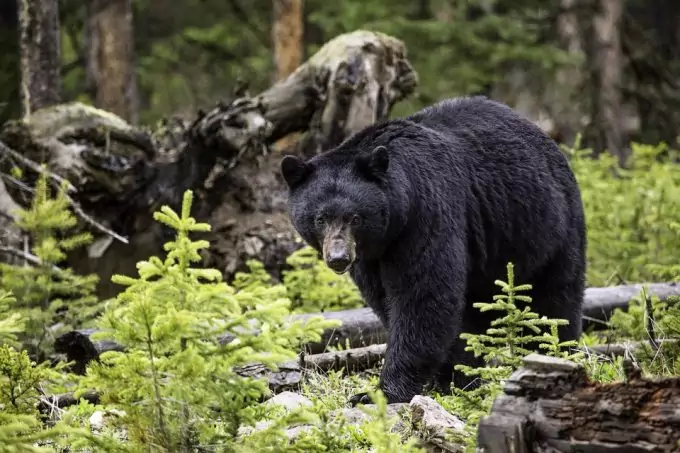
Finally, once you have escaped the immediately dangerous situation, find somewhere upwind from the Bear. The Bear will know that you are human through your distinct scent. If you follow all these guidelines, you will have a much better chance of avoiding an animal attack. Check out our article on surviving a bear attack for more insight.
Deer
This section will cover animals such as Elk because their patterns are similar to deer’s. If you get too close to a deer or their offspring, they will take you as a threat and get ready to charge at you. If there is one thing not to do around a deer or Elk, it is to make them feel cornered in any way. Just keep your distance as best as possible.
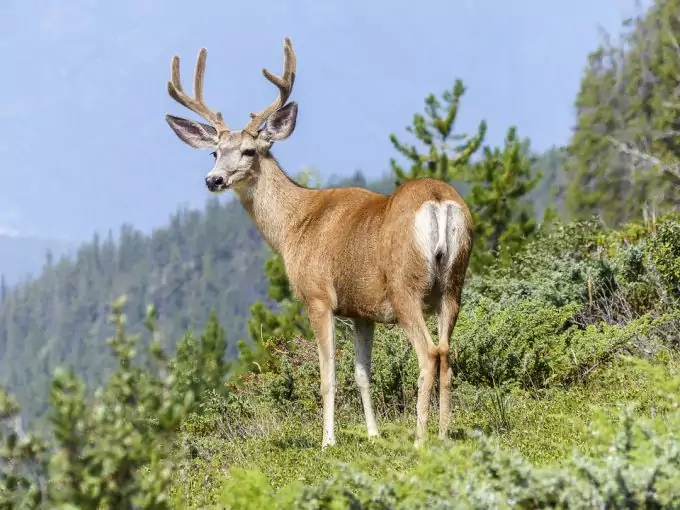
The most likely way that a deer will attack is by a direct charge right at you. Face the animal, raise your arms, and make yourself seem as significant as possible. This will show the deer you mean business and hopefully get him to go away. If that doesn’t work, find the closest tree and climb it. And if you get caught on the ground, curl up in a ball and protect your head and vital organs at all costs.
The deer should go away after a few swings at you. Although deer or Elk might not look dangerous, their antlers are and can puncture right through your skin. Staying on top of your game and avoiding potential problem areas will help you stay safe while on your trip.
Coyote/Wolf
Last but not least on our list of most frequent animal encounters is a wolf or coyote. Because they both lead similar lives, they can be avoided similarly. Attacks on humans from these animals are more prevalent than you would think. Wolves and Coyotes alike sneak up on their potential prey and are extremely quick on the trigger. Most of these animals run in packs, so if you get attacked by one of them, you most likely have a few more ready to rip you apart.
Just like with most other animals that might attack, don’t run. If anything, that only will make the wolf or coyote even more aggressive and ready to attack. There is no way to outrun either of these animals, so there is no sense in even attempting it.
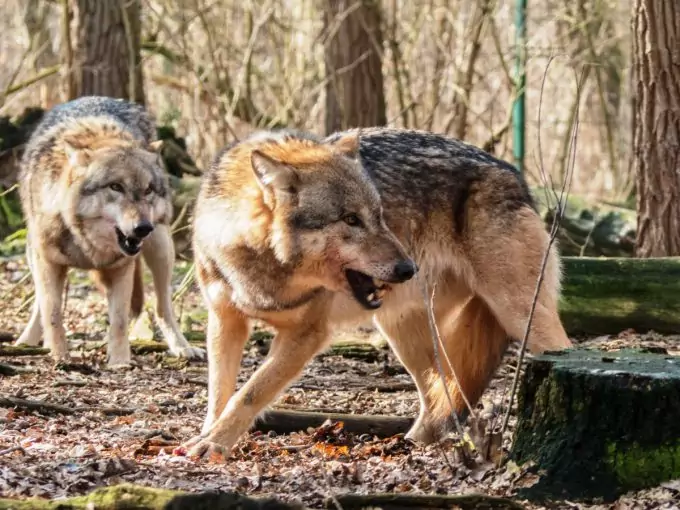
Once you focus on your potential attacker(s), make loud noises to fend off or scare them. Once you realize the attackers have surrounded you, they are ready to attack. The only thing to do now is to start shooting yourself. If there is one thing that will ensure your early demise, it is falling. When you hit the ground, a few pack animals will gnaw at you. In conclusion, stay calm, don’t move quickly, and start fighting for your life if you get surrounded.
When animals attack, it is critical to understand how to avoid them at any cost. It is always better to move slowly and plan than to run and think about things later. An animal they see running as a sign that they should attack, and even though they are not humans’ natural predators, they are animals and will fight if they feel threatened in any way. It is impossible to stress the importance of knowing your surroundings and deciding where to camp or hike.
Even if you do all the planning in the world, sometimes it just isn’t enough. Animals will be animals, and that’s why you must be ready to escape or fight back when they are near. Animals are so unpredictable that they don’t even know what they are going to do. All they are following is their instincts, and the moment a situation doesn’t feel right is when they strike.
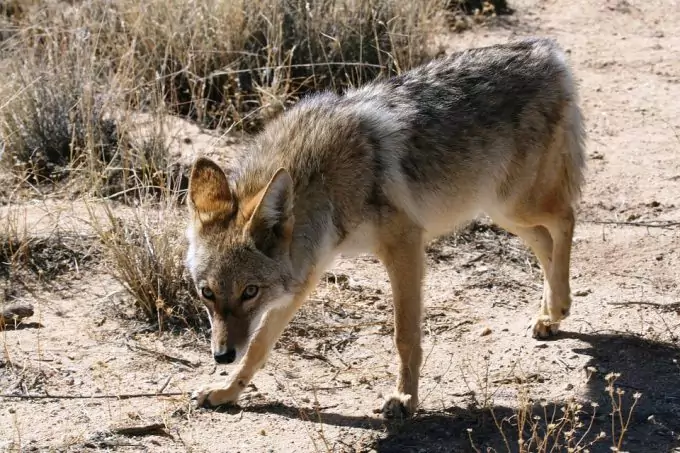
Keeping your friends and family safe in a potentially life-threatening situation doesn’t have to be scary; knowing what to take and what to do if attacked, you should fare just fine. If you are in a group of adventurers, you should feel even more confident in the group’s ability to combat any potential threat.
Before embarking on your next trip, check out our piece on tips and guidelines for survival in the wild.


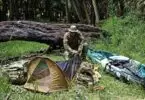
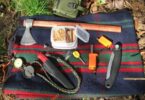

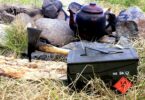
Some animals, like bears, are don’t like making eye contact and hearing noise; while with other animals, like wolves, you must keep eye contact while backing up slowly and making noise. If a bear charges at you, don’t play dead. Instead, run in a zigzag line as their body weight makes it hard for them to chase you and it also confuses them. The eyes are the weakest spot in most animals so if you have to shoot, aim for their eyes.
That’s good thinking, Ben. When an animal attacks, there isn’t a definitely recipe for success, but rather guidelines to follow in order to stay safe.
There are different ways of avoiding an animal attack. I always find it prudent to simply stay away from them. If they come near; however, it is a terrible idea to run. They are used to prey running away and will chase and catch you.
Thank you Jollene for sharing your opinion with us.